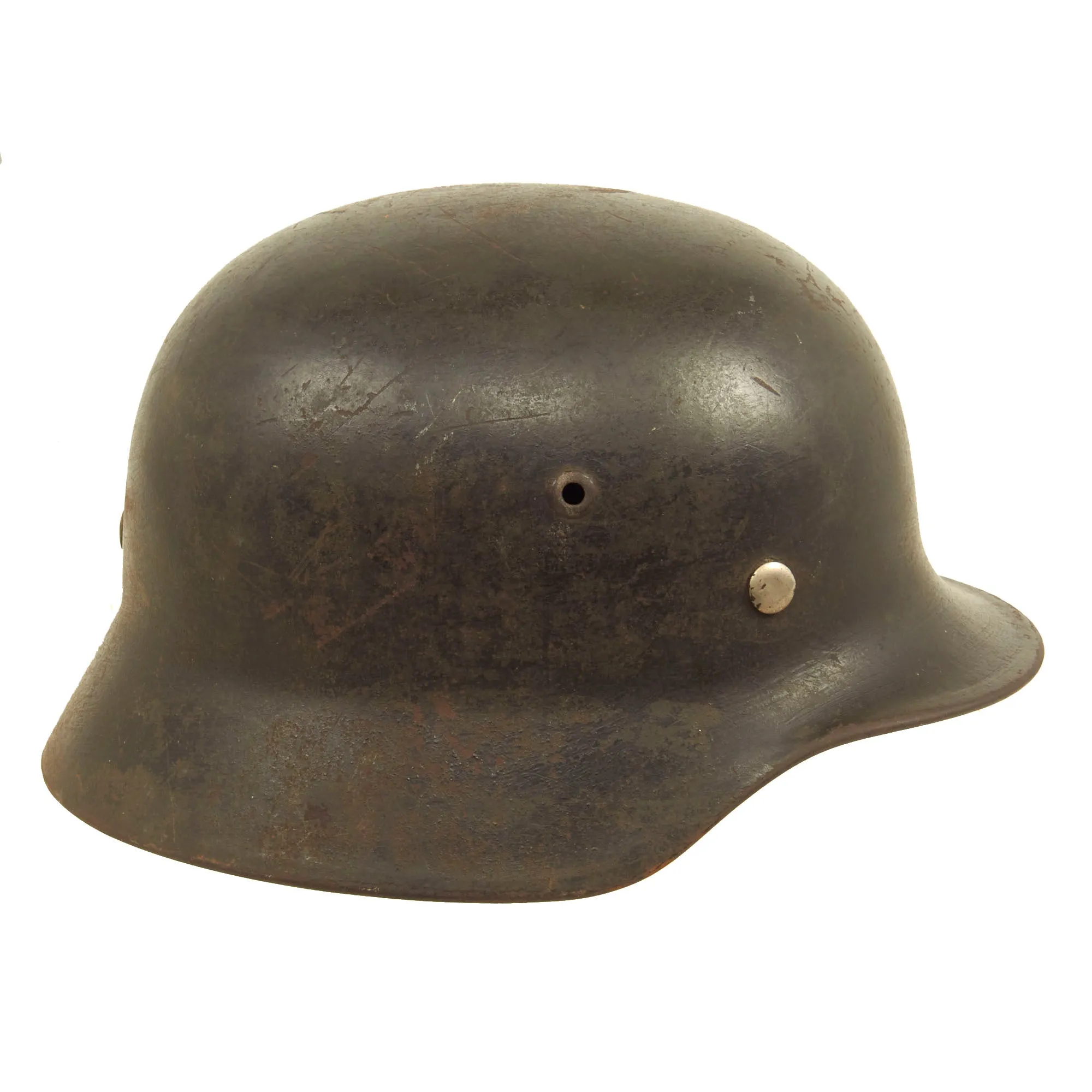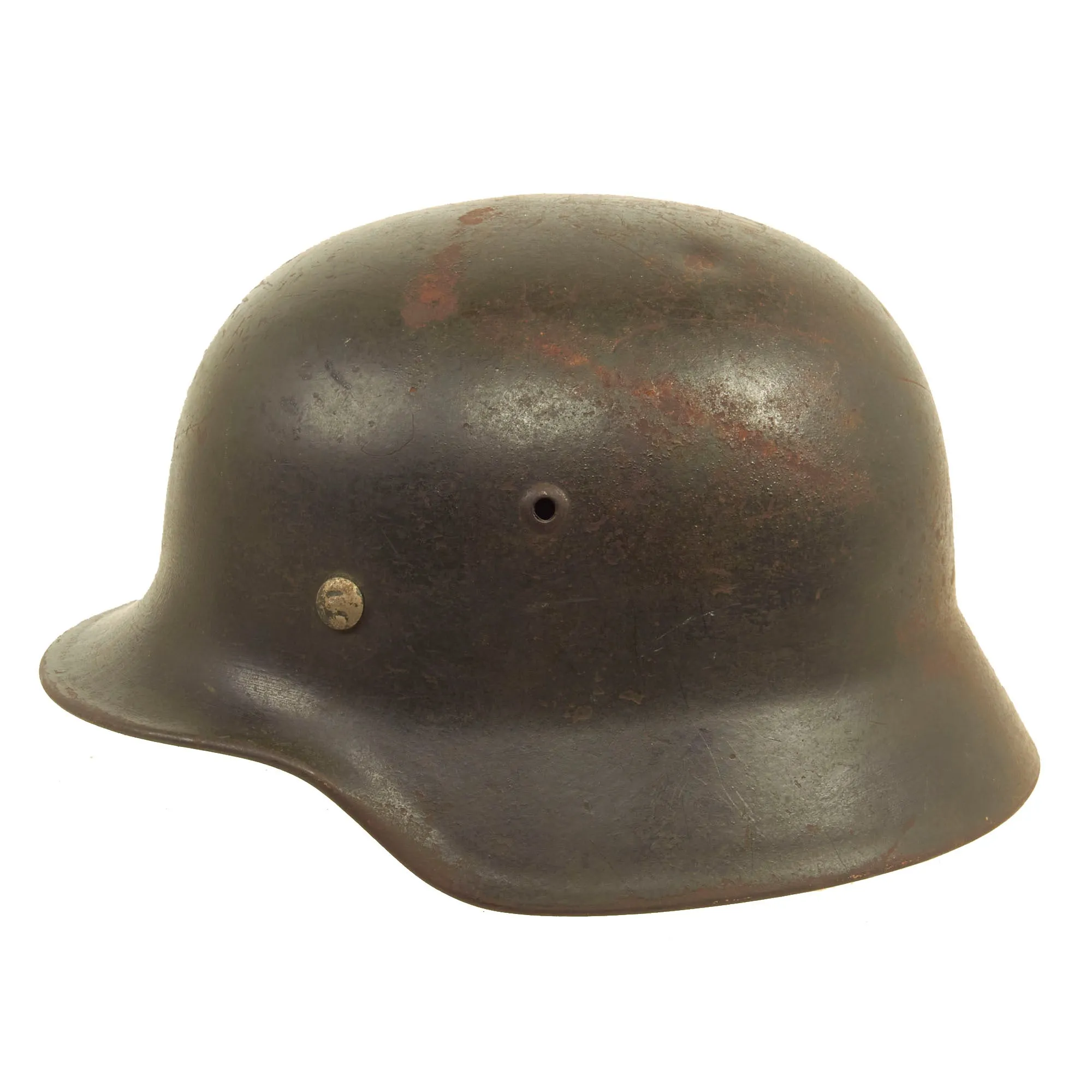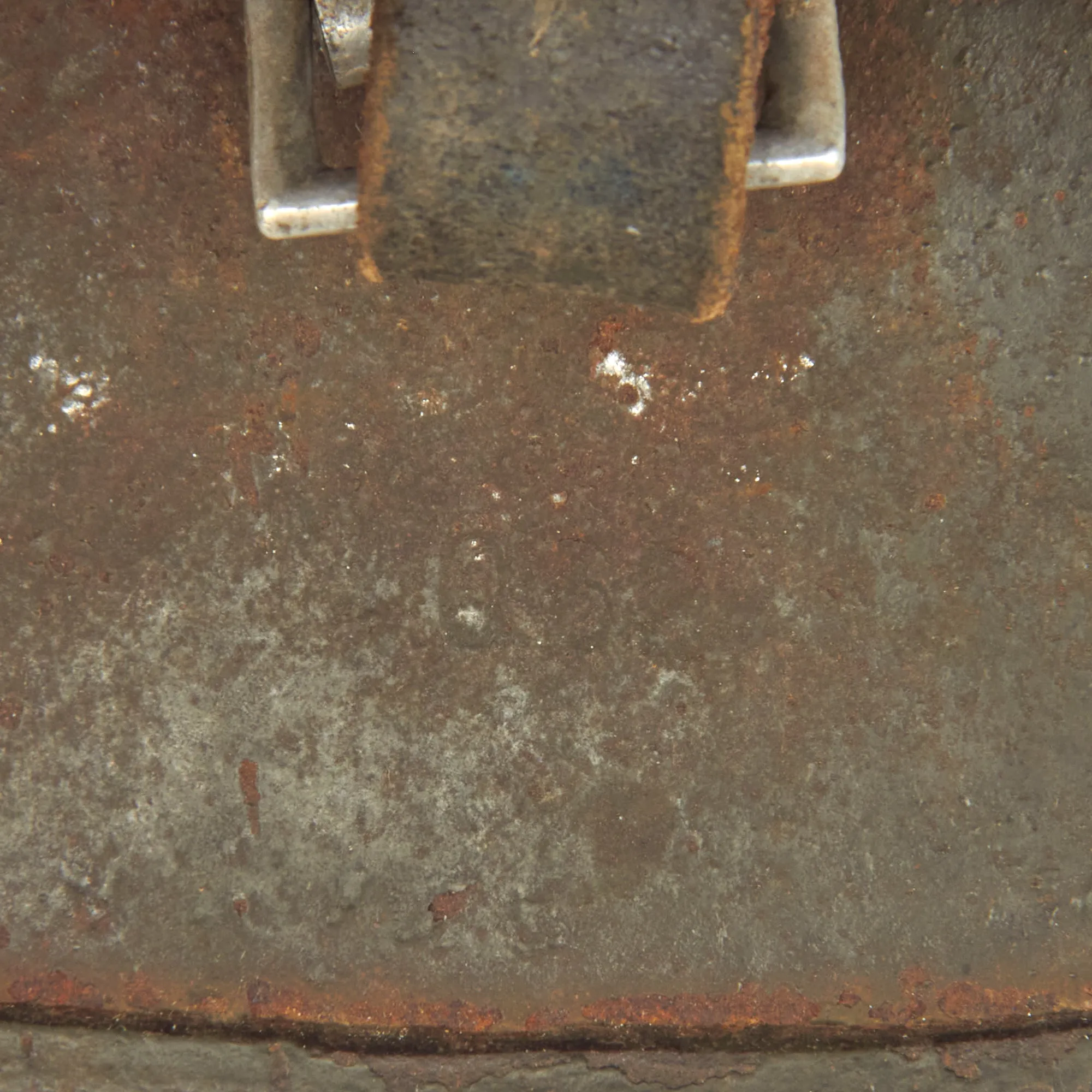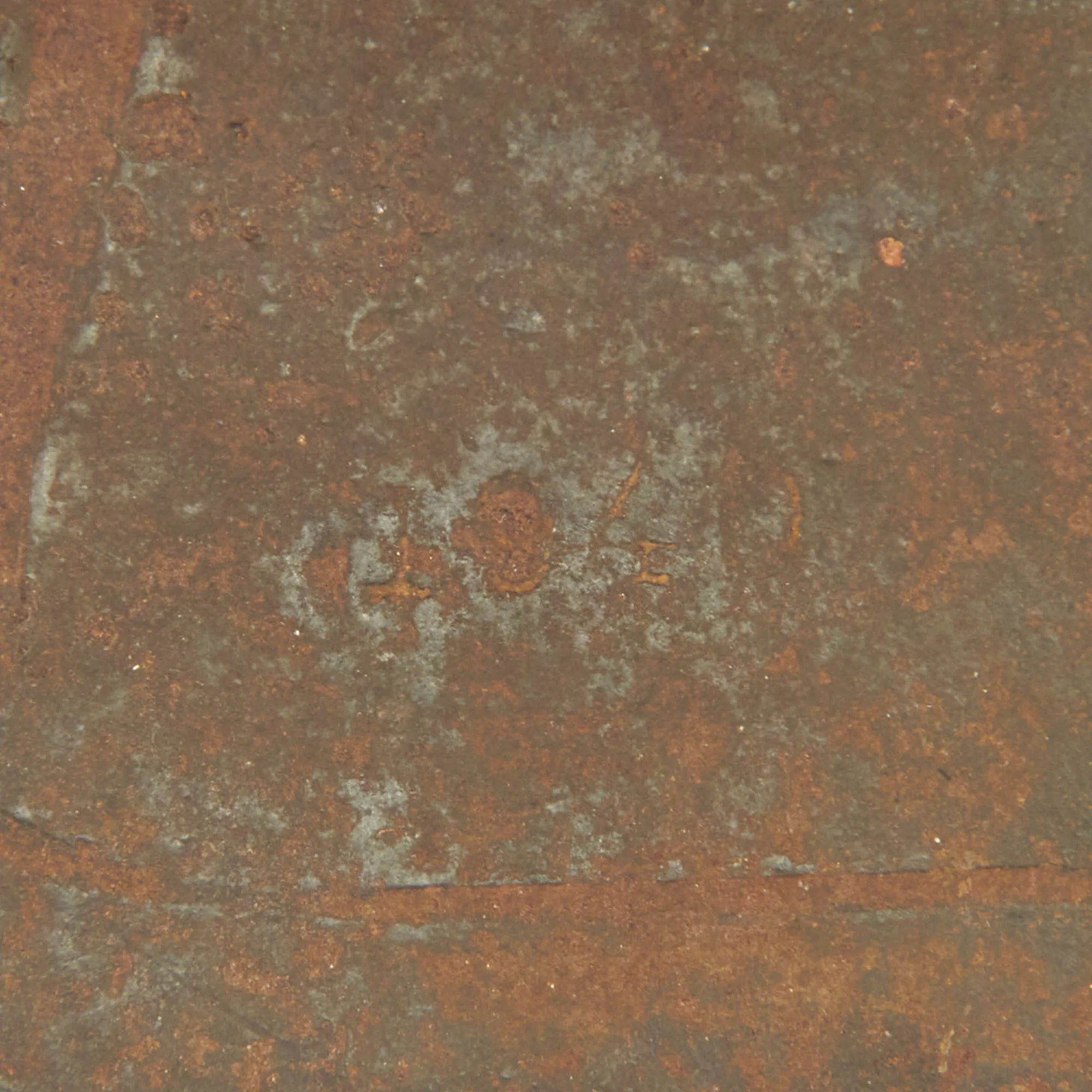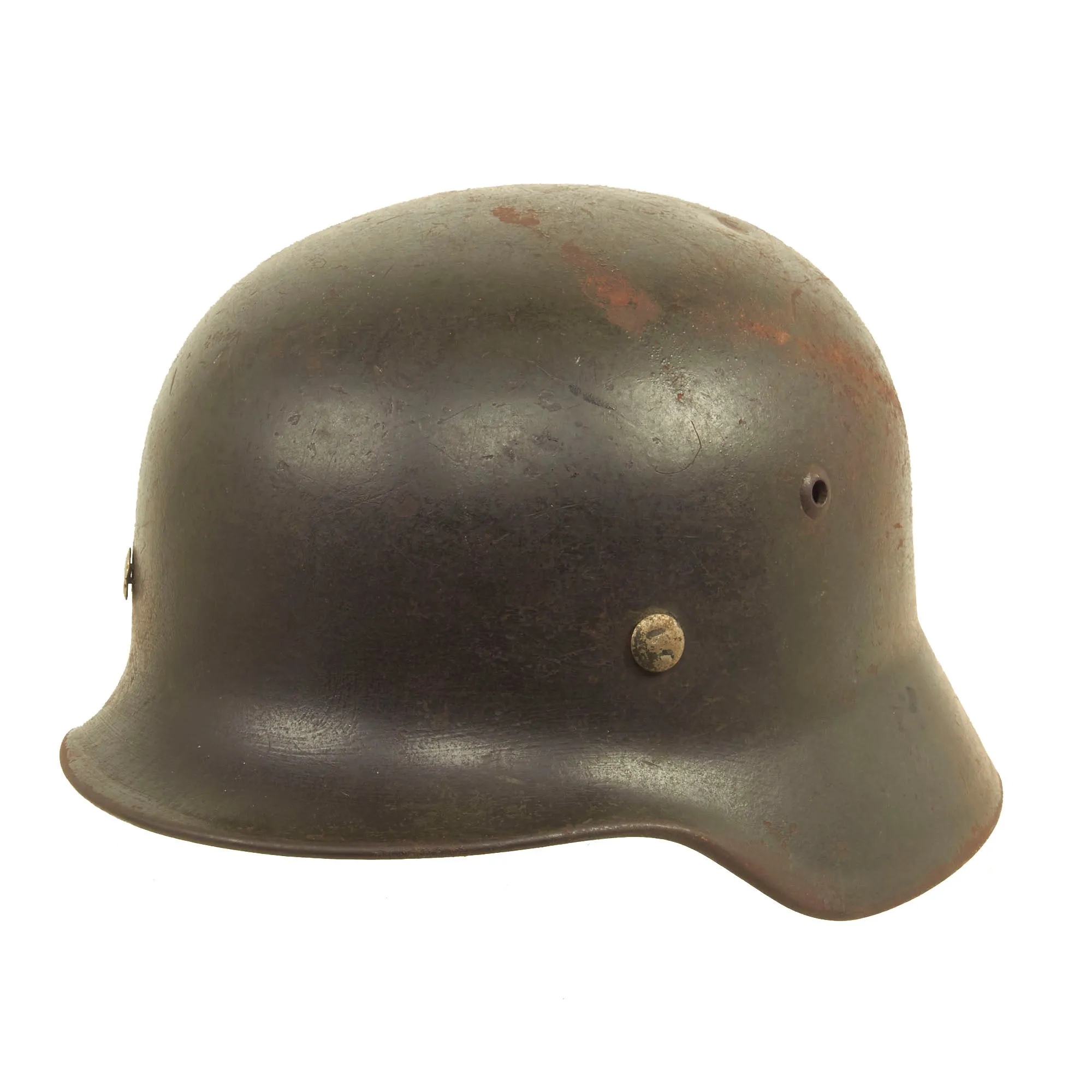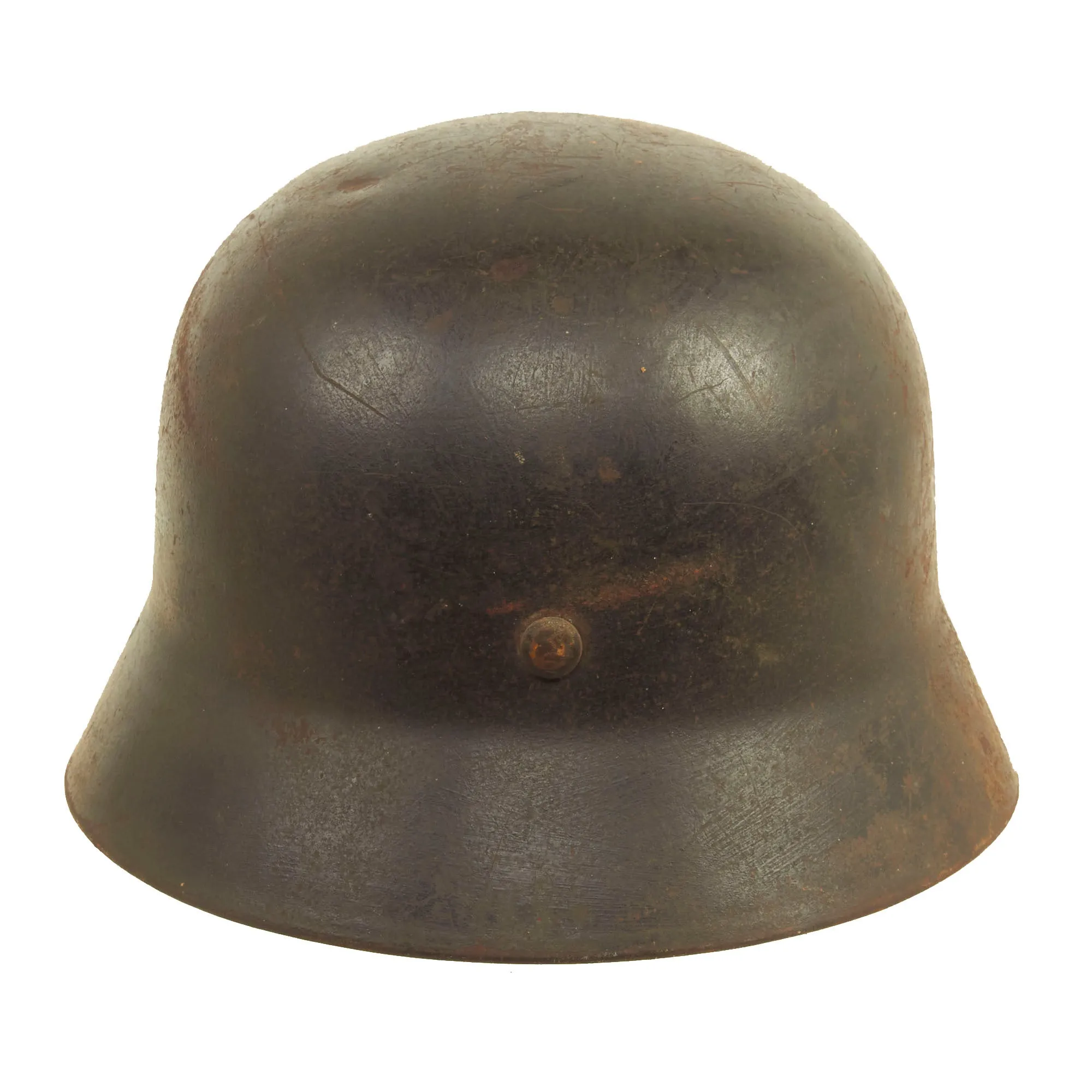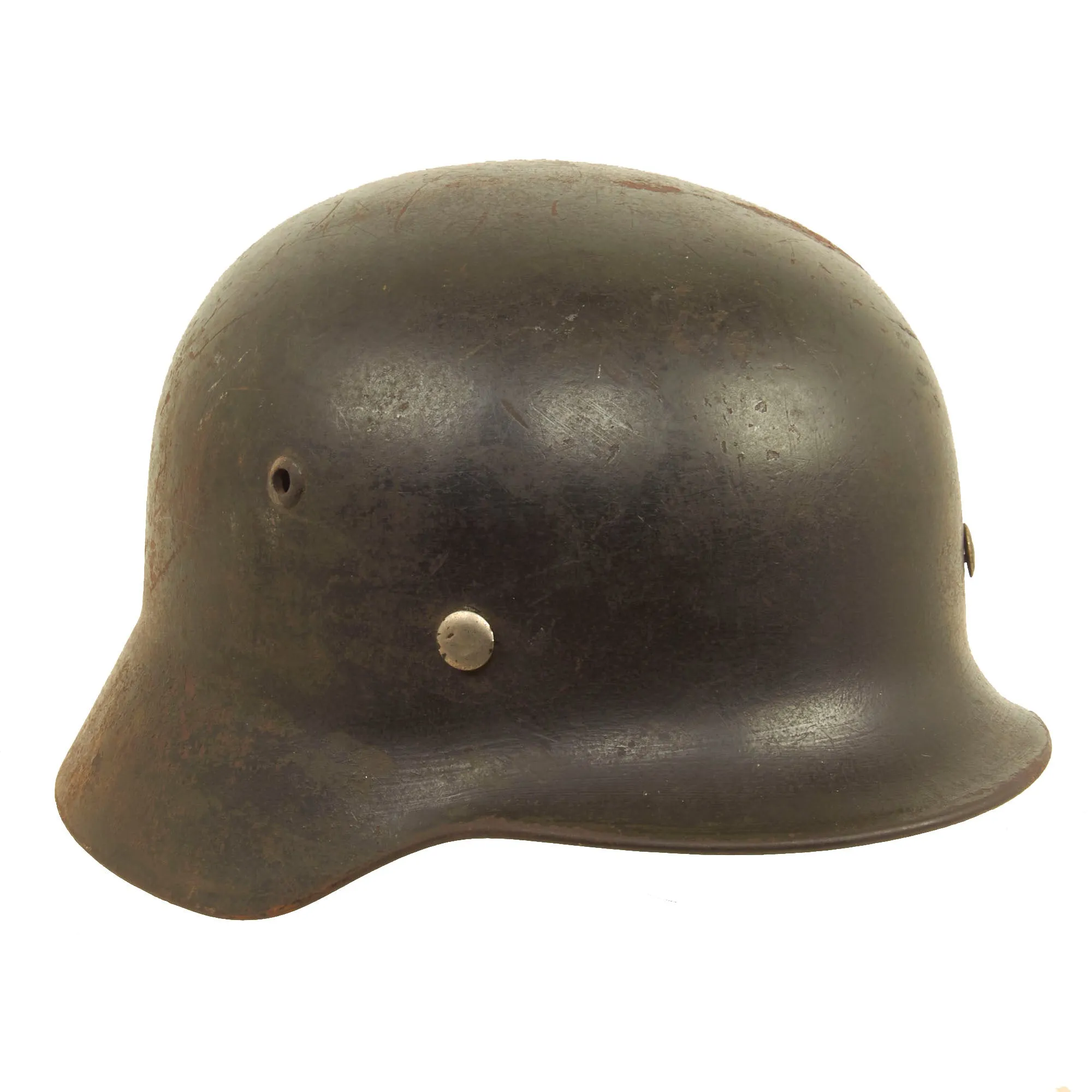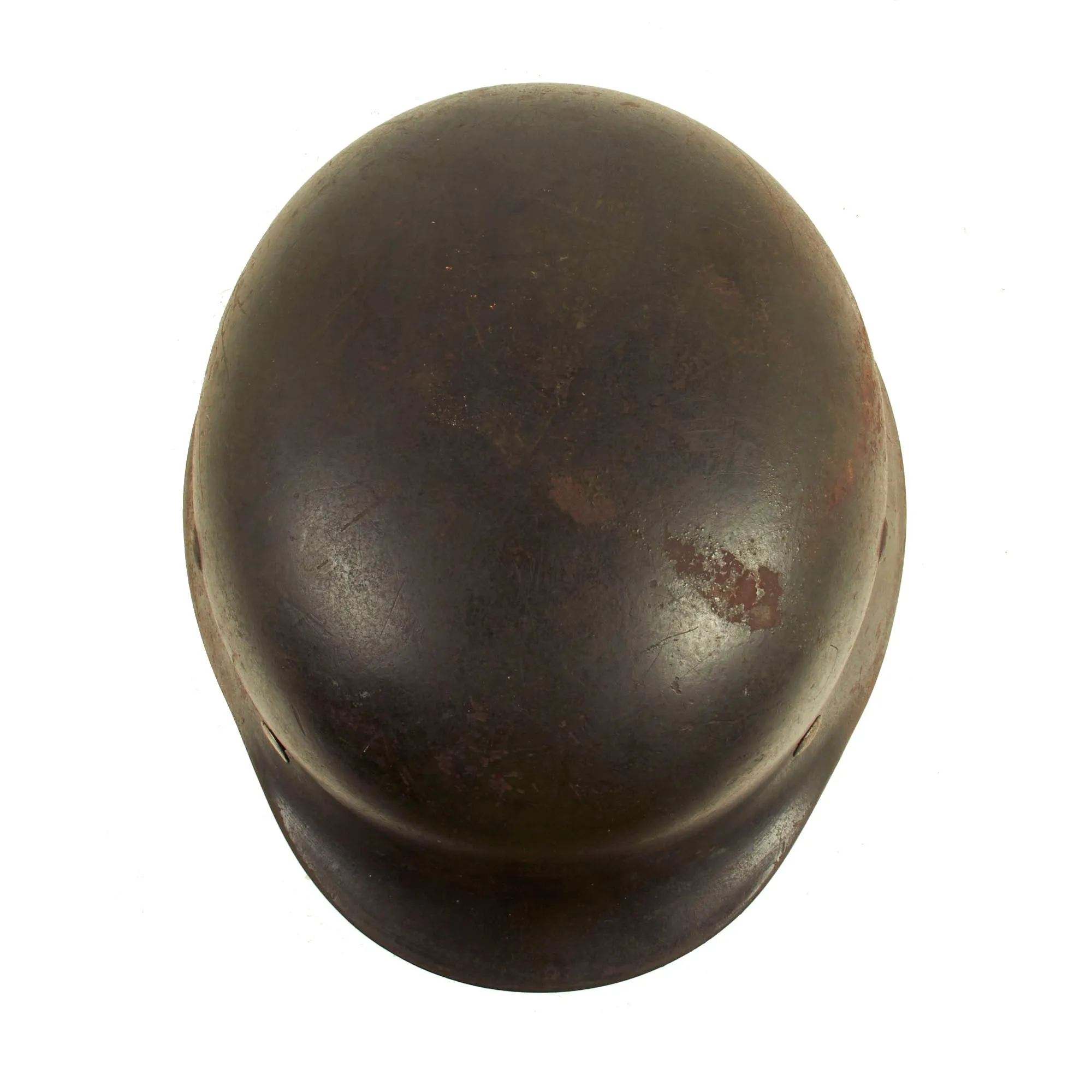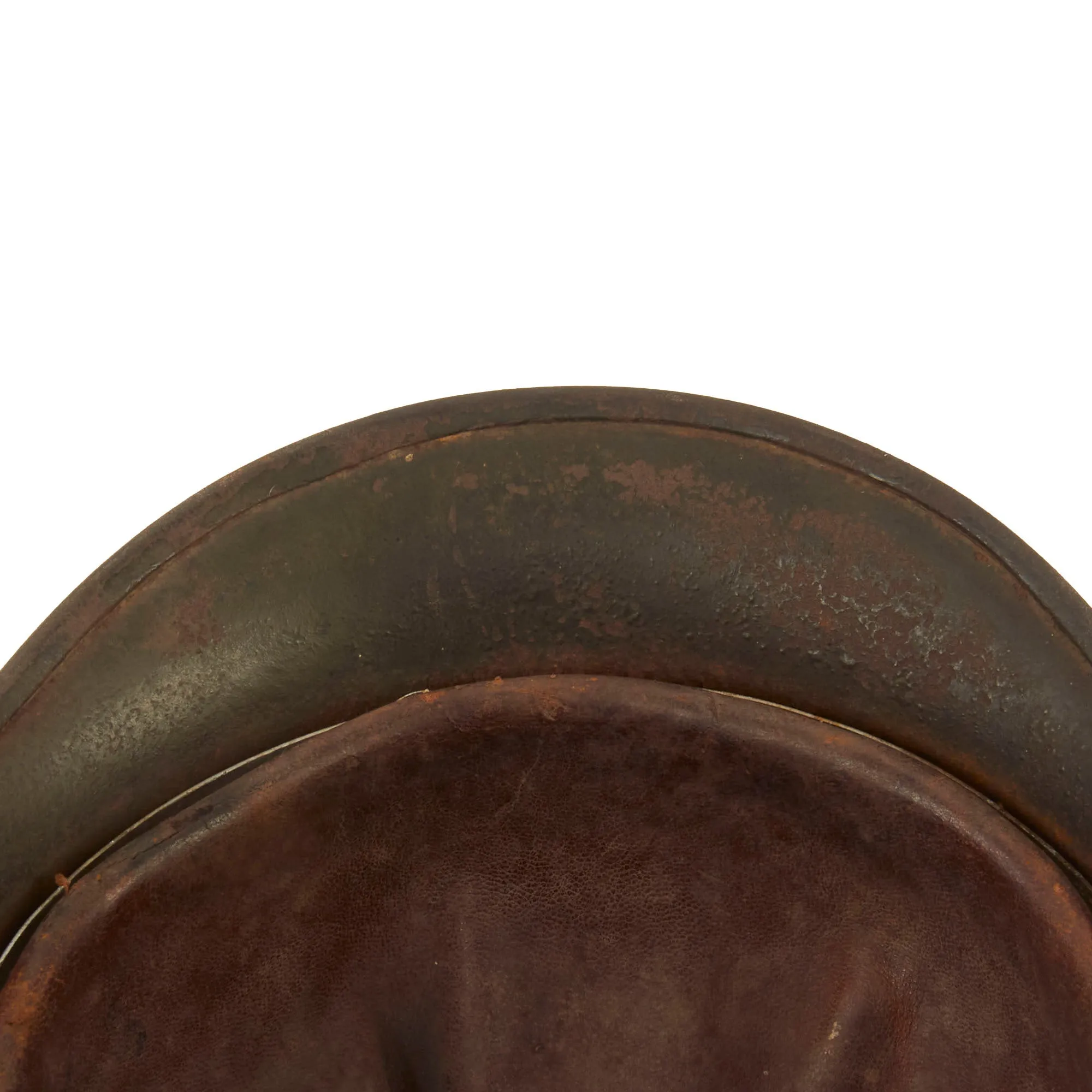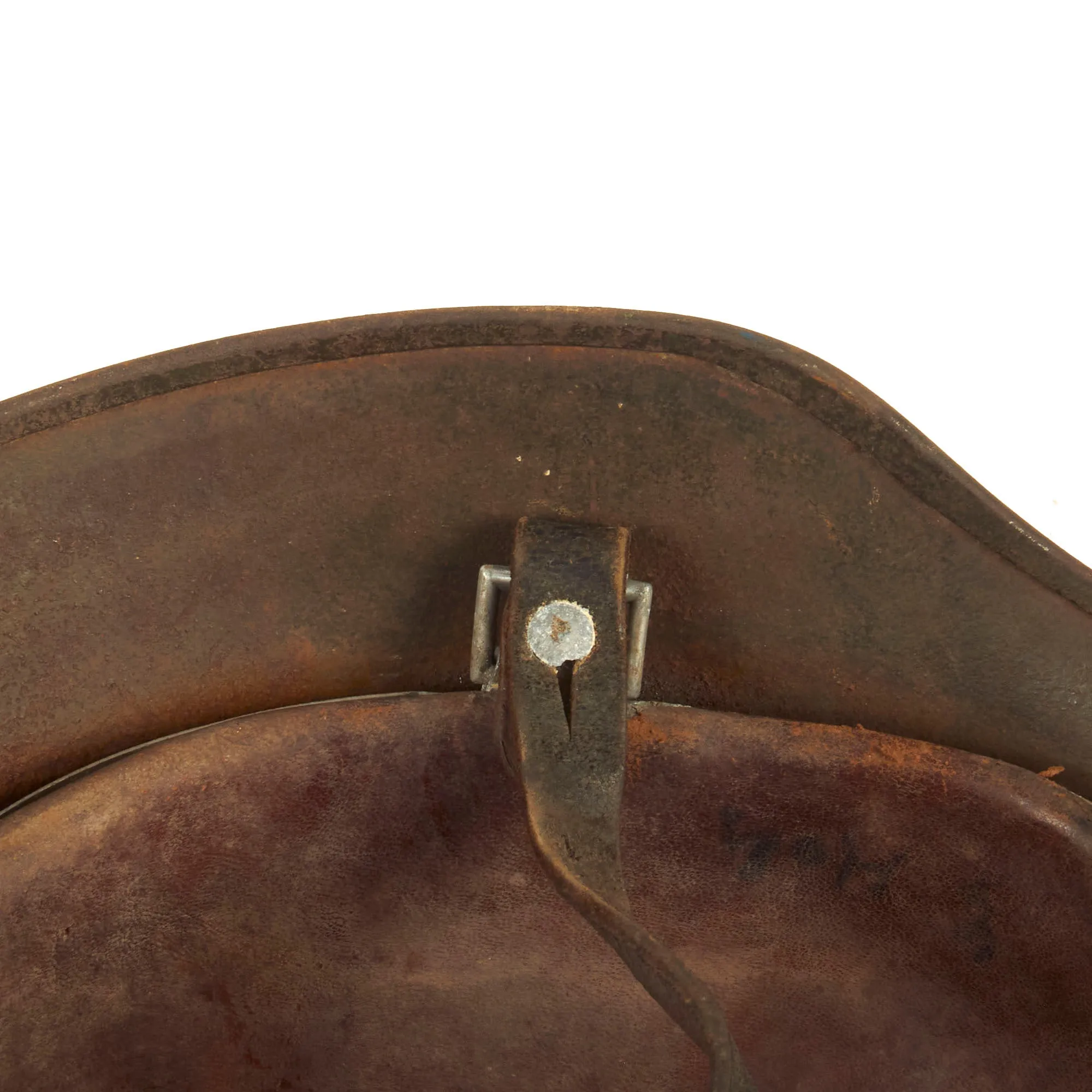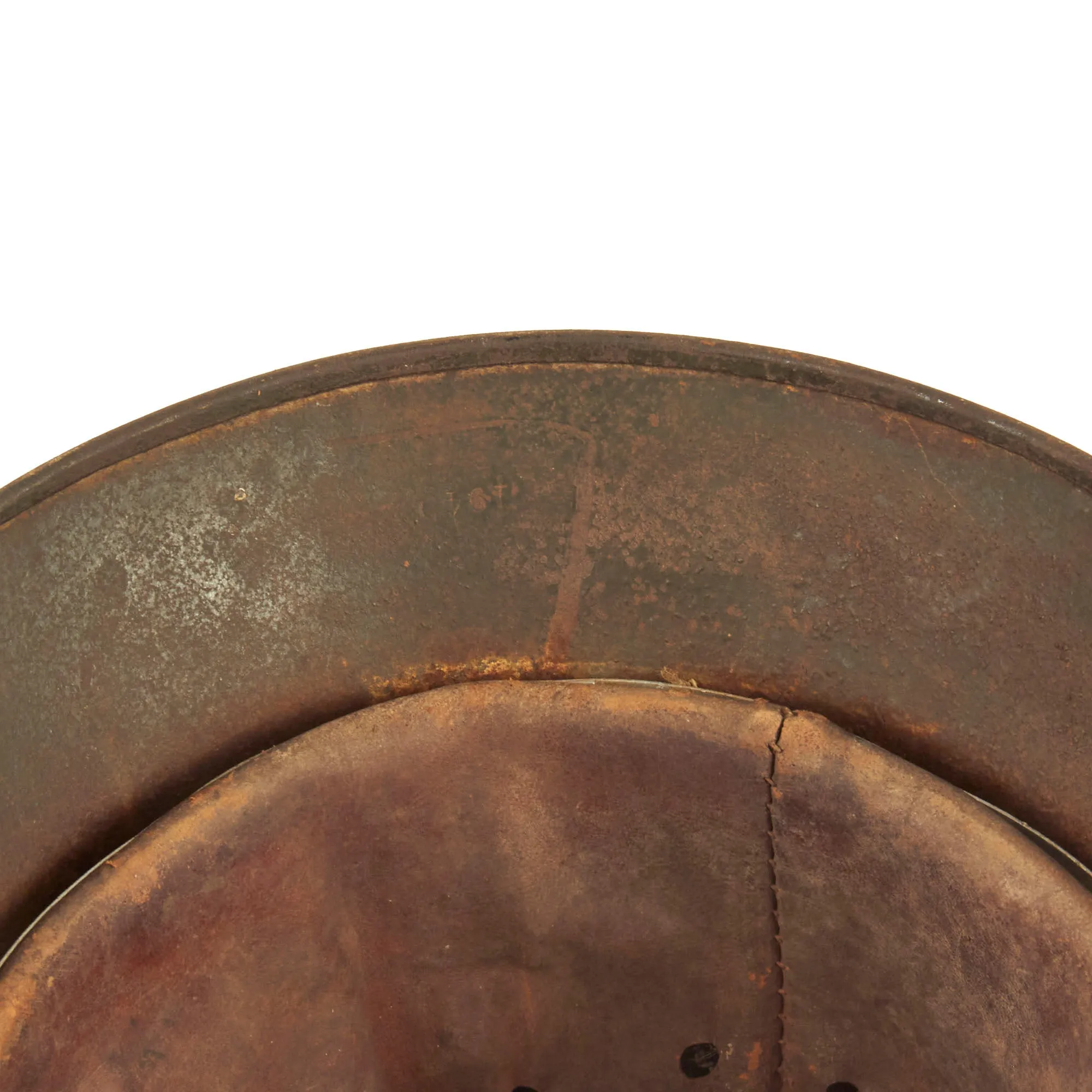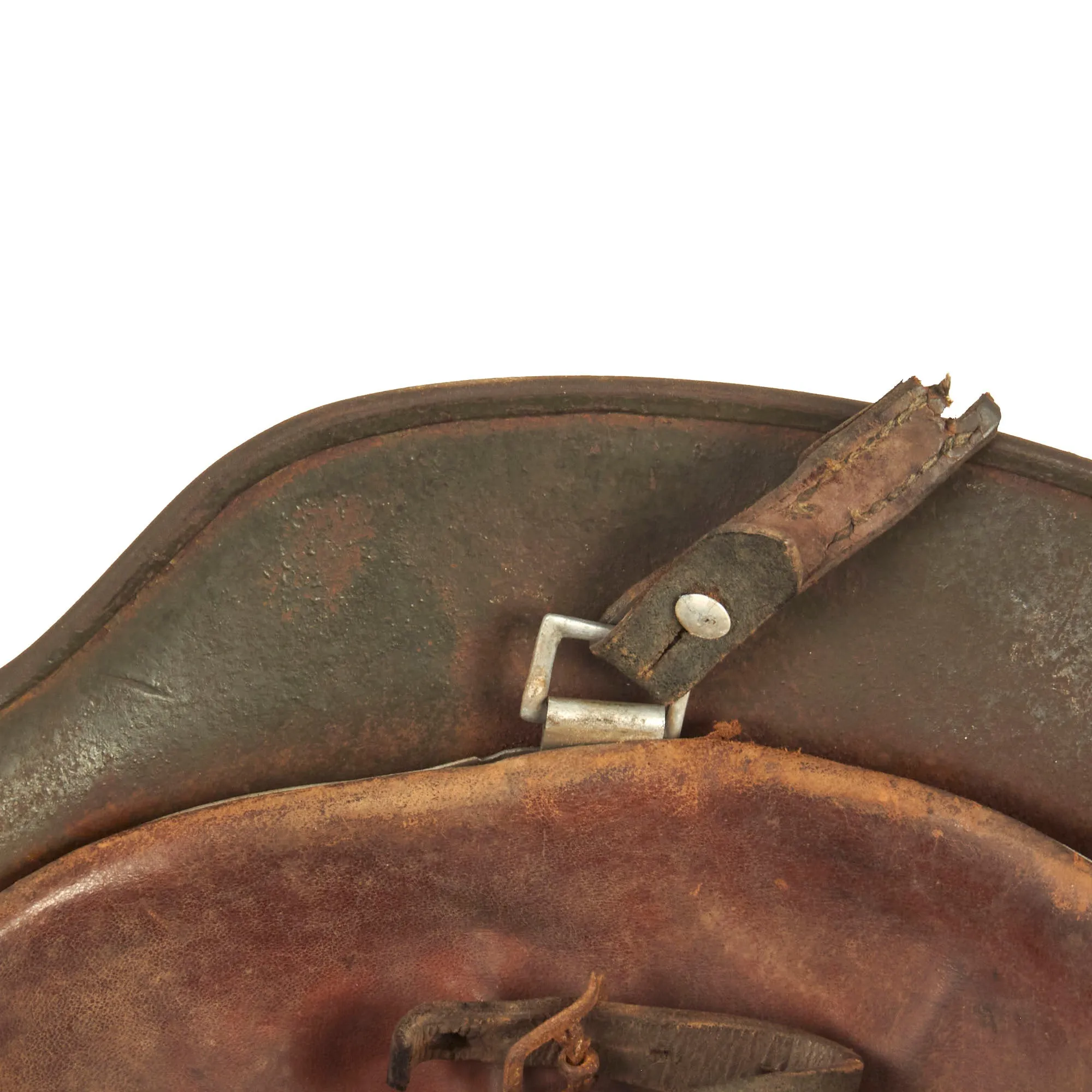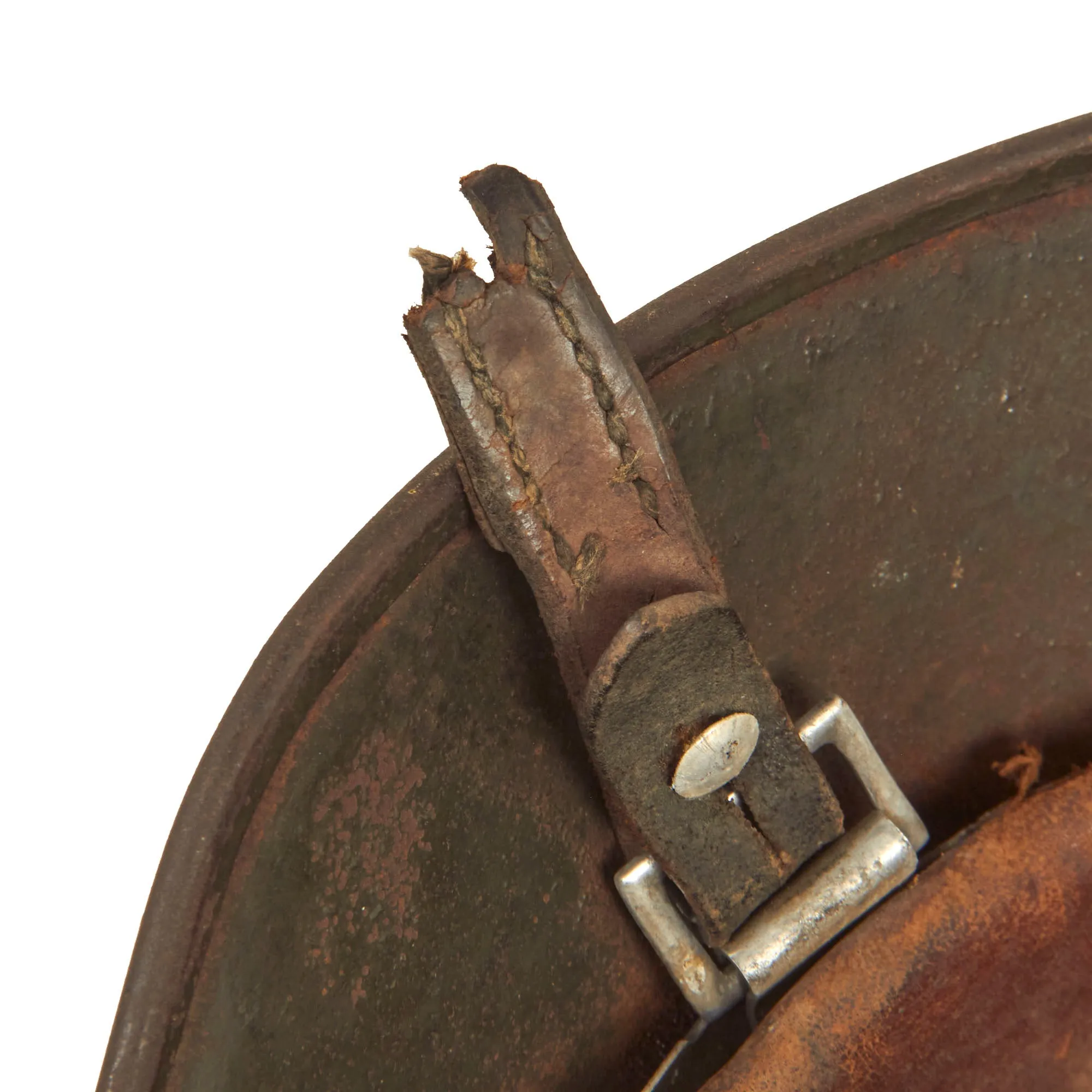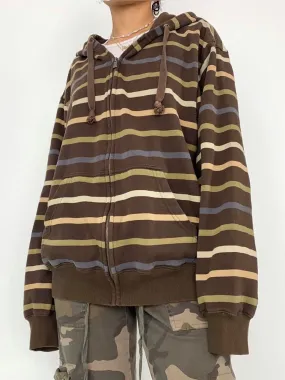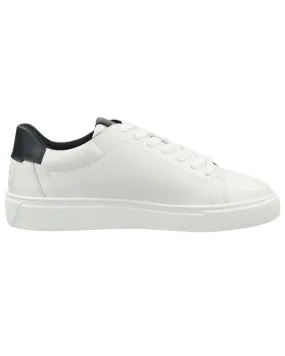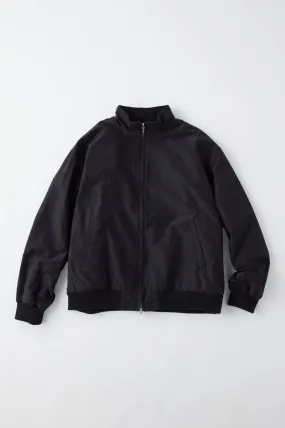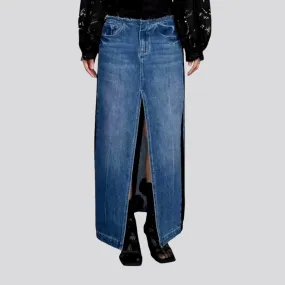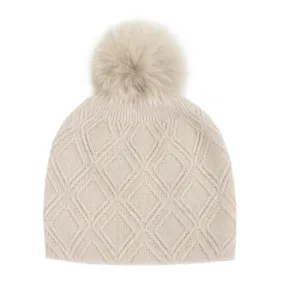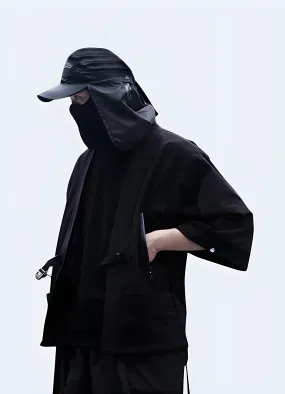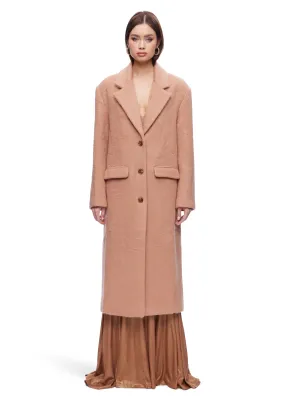Original Item: Only One Available. This is a very nice all original example of a German WWII M40 helmet, issued to the Heer (Army). This stamped sheet steel construction helmet looks to have been in service for some time, and definitely shows signs of a period repaint on the exterior, with the brush stroke texture still apparent, Since then it has seen more service, and does not look to have had a decal installed in the past, though it could have worn away. The interior of the helmet still retains some of the original Apfel-grün (apple green) paint, but it shows oxidation, especially inside the dome, so the helmet may have been a battlefield pickup, sitting filled with water for a time. This really has a great service worn look that is impossible to duplicate.
The reverse, interior, neck guard apron is batch number stamped 1940, and the interior, left side, apron has a stamped manufacturer's code and size, Q62. This indicates it was manufactured by F.W. Quist G.m.b.H. in the German city of Esslingen, Germany. Size 62 is a nice smaller size that can accommodate liners from 54cm to 55cm or US 6 3/4 to 6 5/8.
All three liner retaining pins are intact, though they are missing most of the original paint. The pins all appear to be non-magnetic, with the front two showing a nickel or zinc finish, which is probably why they have lost so much paint. The interior of the helmet still has the original M31 leather liner with all 8 fingers still present, though one has some leather missing from the sides, possibly from insect or rodent damage. The leather is stained, but still supple, and the original top tie is still intact. The liner band is aluminum, with square aluminum chin strap loops attached without any side reinforcements, which explains why the band is bent somewhat around the loops. Later Pre-war examples would have a double layer of aluminum on the side to prevent bending. The side of the aluminum liner band is marked 62 n.A. / 55, indicating that this is a size 55 liner for a size 62 shell. The right side displays manufacturing information as well as a date, which is fully legible:
Metall-Lederverarbeitung W.Z.
1937
Bln.- Ch'burg 5
This indicates production by the metal and leather working company Werner Zahn, based in Berlin - Charlottenburg. The date is right in period for an early helmet such as this. The chinstrap is still mostly intact, however it is definitely stiff and delicate, and the buckle has already broken through the the shorter side, and is still attached to the longer side. The studs are the correct early war aluminum, however the buckle is steel, so the chinstrap may have been replaced at some point.
Overall a very nice 100% genuine M35 Heer Army "No Decal" helmet, with a great service worn look! M40 helmets of this quality are always the hard to find on the market. This is an item that will only continue to appreciate in value over time.
The first "modern" steel helmets were introduced by the French army in early 1915 and were shortly followed by the British army later that year. With plans on the drawing board, experimental helmets in the field, ("Gaede" helmet), and some captured French and British helmets the German army began tests for their own steel helmet at the Kummersdorf Proving Grounds in November, and in the field in December 1915. An acceptable pattern was developed and approved and production began at Eisen-und Hüttenwerke, AG Thale/Harz, (Iron and Foundry Works), in the spring of 1916.
These first modern M16 helmets evolved into the M18 helmets by the end of WWI. The M16 and M18 helmets remained in usage through-out the Weimar Reichswehr, (National Defence Force, Circa 1919-1933), era and on into the early years of the Third Reich until the development of the smaller, lighter M35 style helmet in June 1935.
In 1934 tests began on an improved Stahlhelm, whose design was a development of World War I models. The Eisenhüttenwerke company of Thale carried out prototype design and testing, with Dr. Friedrich Schwerd once again taking a hand.
The new helmet was pressed from sheets of molybdenum steel in several stages. The size of the flared visor and skirt was reduced, and the large projecting lugs for the obsolete armor shield were eliminated. The ventilator holes were retained, but were set in smaller hollow rivets mounted to the helmet's shell. The edges of the shell were rolled over, creating a smooth edge along the helmet. Finally, a completely new leather suspension, or liner, was incorporated that greatly improved the helmet's safety, adjustability, and comfort for each wearer. These improvements made the new M1935 helmet lighter, more compact, and more comfortable to wear than the previous designs.
The Army's Supreme Command officially accepted the new helmet on June 25, 1935 and it was intended to replace all other helmets in service.
More than 1 million M1935 helmets were manufactured in the first two years after its introduction, and millions more were produced until 1940 when the basic design and production methods were changed, replacing the multi-piece riveted vent with one stamped directly into the steel. Later, in 1942 the rolled steel rim was removed from the pattern to further expedite production.




